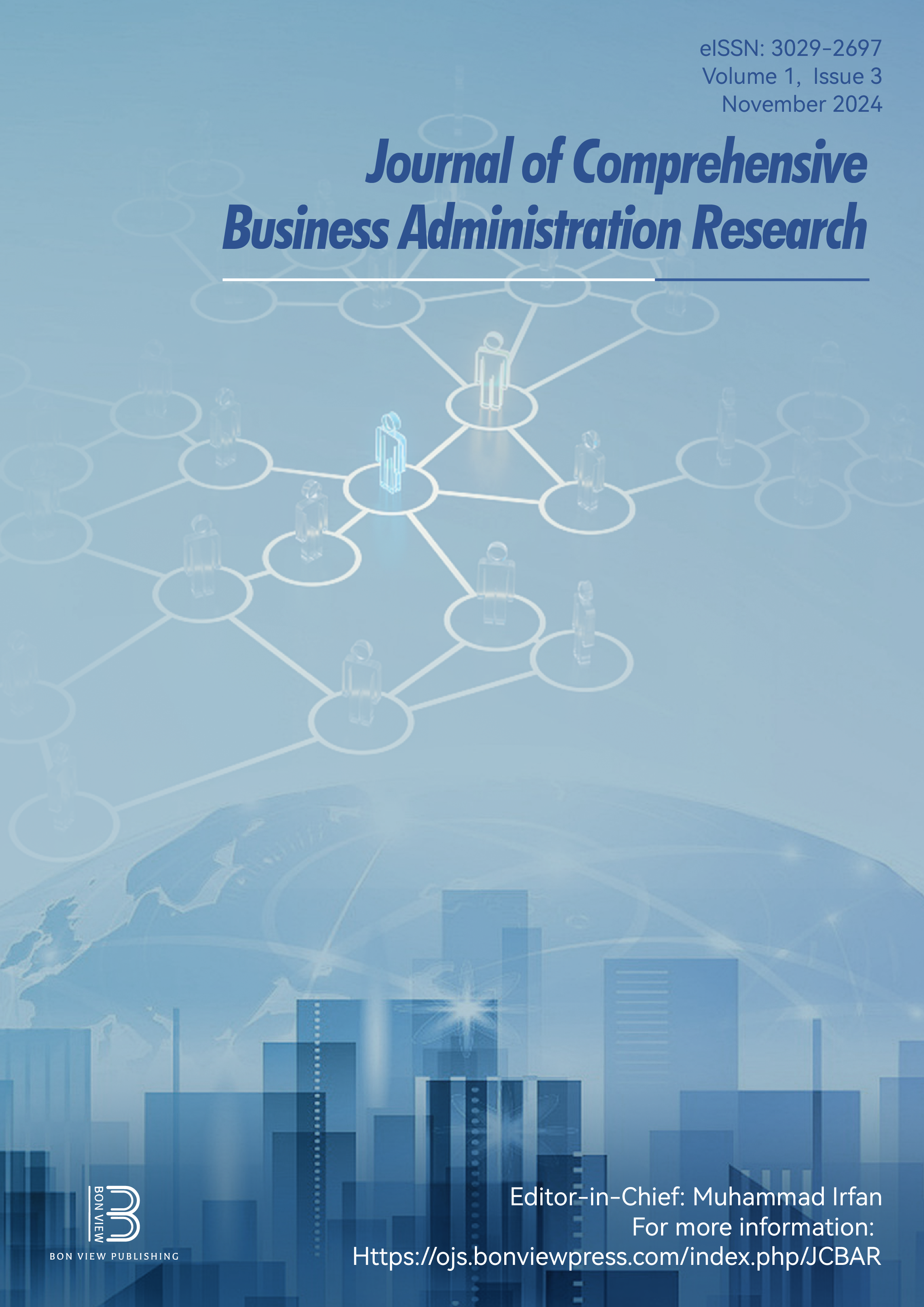Intelligent System of Estimation of Total Factor Productivity (TFP) and Investment Efficiency in the Economy with External Technology Gaps
DOI:
https://doi.org/10.47852/bonviewJCBAR32021874Keywords:
deterministic trends, one factor S-trend PF, aggregate S-trend PF, TFP, Charles R. Hulten principle, investment efficiency, external technology gapsAbstract
This paper is the first to propose an aggregate S-trend factor production function to estimate total factor productivity (TFP) and investment efficiency in an economy. This function implements Charles R. Hulten’s organizing principle: to what extent the growth of the economy is due to an increase in “productivity” (progress in technology and organization of production) and to what extent to “capital formation” (increased investment in human capital, knowledge, and fixed capital). Estimation of future members of the series is usually done by a forecast model. It is a model that approximates a trend. The Verhulst's S-curve y'(t) = u + A(1+B*exp(-a(t-m)))-1 is used as the approximation function. Here, A, B, and a are the parameters that change the shape of the S-curve, and u and m are the parameters that change the position of the S-curve in the first quarter, t ≥0. By aggregate S-trend production function, we mean a two-factor production function of the form Z(t) = P(t)y'(t) = P(t)*S(x(t), A, B, a, m, u). Here, the function S(x(t), A, B, a, m, u) is a S- curve trend with the factor x(t) ≡ t. It represents the GDP growth rate over a time interval equal to the product of the S-curve elasticity over the growth rate of n(t) over that interval and takes into account all factors affecting S-curve elasticity, including, for example, labor and capital. The value of the elasticity affects the value of TFP (P(t)), but not vice versa. In this sense, the trend forecasting model S(t) is certainly broader than the concept of “capital formation”. The error of approximation is quantitatively measured by the MAPE criterion.
Received: 12 October 2023 | Revised: 11 December 2023 | Accepted: 18 December 2023
Conflicts of Interest
The author declares that he has no conflicts of interest to this work.
Data Availability Statement
Data sharing is not applicable to this article as no new data were created or analyzed in this study.
Author Contribution Statement
Alexey Lopatin: Conceptualization, Methodology, Software, Validation, Formal analysis, Investigation, Resources, Data curation, Writing – original draft, Writing – review & editing, Visualization, Supervision, Project administration.
Downloads
Published
Issue
Section
License
Copyright (c) 2023 Author

This work is licensed under a Creative Commons Attribution 4.0 International License.


